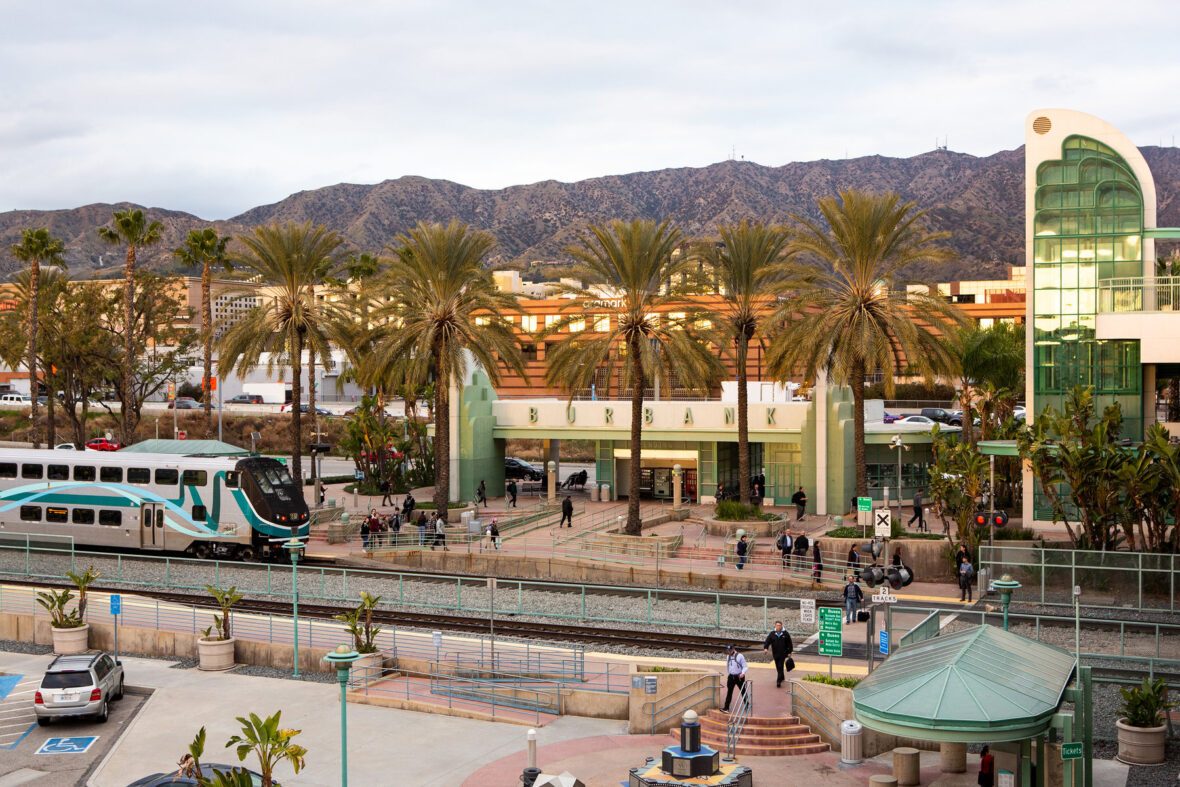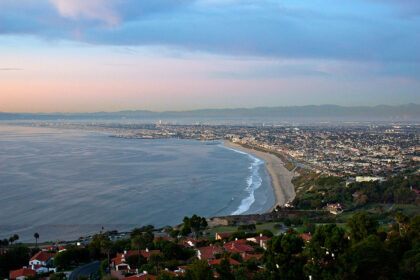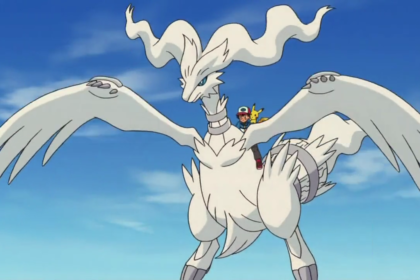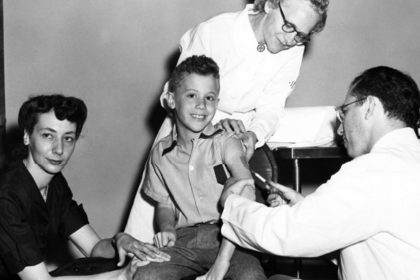Burbank is a city in the southeastern end of the San Fernando Valley in Los Angeles County, California. Take a look below for 30 interesting and fun facts about Burbank, California, United States.
1. Located 12 miles (19 km) northwest of Downtown Los Angeles, Burbank is home to Walt Disney Studios, Warner Bros. Studios, and Nickelodeon Animation Studios.
2. In addition, it contains the largest IKEA in the U.S.[8] As of 2010, the population was 103,340.
3. Billed as the “Media Capital of the World” and only a few miles northeast of Hollywood, numerous media and entertainment companies are headquartered or have significant production facilities in Burbank, including Warner Bros. Entertainment, The Walt Disney Company, Nickelodeon Animation Studio, The Burbank Studios, Cartoon Network Studios with the West Coast branch of Cartoon Network, and Insomniac Games.
4. The Hollywood Burbank Airport was the location of Lockheed’s Skunk Works, which produced some of the most secret and technologically advanced airplanes, including the U-2 spy planes that uncovered the Soviet Union missile components in Cuba in October 1962.
5. Burbank consists of two distinct areas: a downtown/foothill section, in the foothills of the Verdugo Mountains, and the flatland section.
6. The city was referred to as “Beautiful Downtown Burbank” on Rowan & Martin’s Laugh-In and The Tonight Show Starring Johnny Carson, as both shows were taped at NBC’s former studios.
7. The city was named after David Burbank, a New Hampshire-born dentist and entrepreneur who established a sheep ranch there in 1867.
8. The city of Burbank occupies land that was previously part of two Spanish and Mexican-era colonial land grants, the 36,400-acre (147 km2) Rancho San Rafael, granted to Jose Maria Verdugo by the Spanish Bourbon government in 1784, and the 4,063-acre (16.44 km2) Rancho Providencia created in 1821.
9. This area was the scene of a military skirmish which resulted in the unseating of the Spanish Governor of California, and his replacement by the Mexican leader Pio Pico.
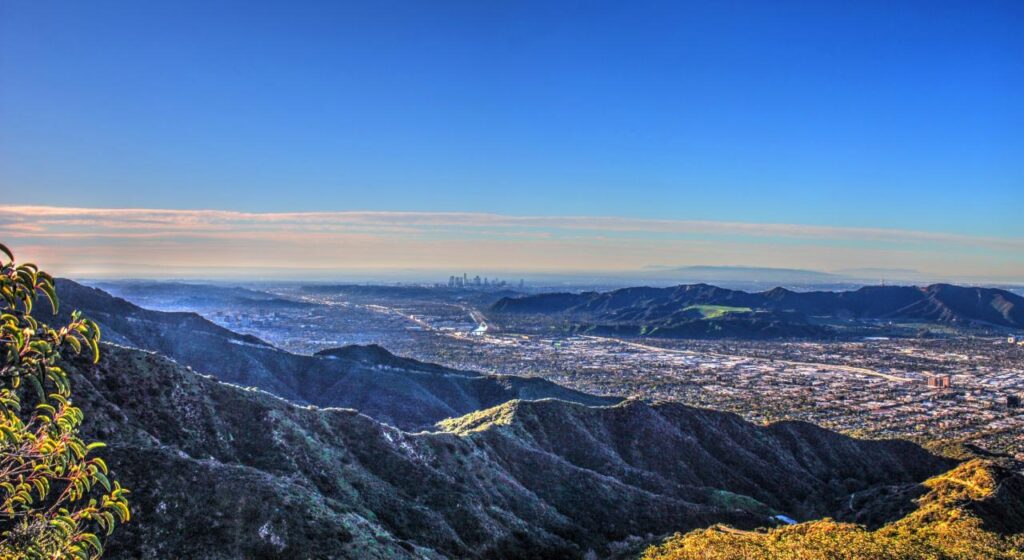
10. Dr. David Burbank purchased over 4,600 acres (19 km2) of the former Verdugo holding and another 4,600 acres (19 km2) of the Rancho Providencia in 1867 and built a ranch house and began to raise sheep and grow wheat on the ranch.
11. By 1876, the San Fernando Valley became the largest wheat-raising area in Los Angeles County. But the droughts of the 1860s and 1870s underlined the need for steady water supplies.
12. A professionally trained dentist, Burbank began his career in Waterville, Maine. He joined the great migration westward in the early 1850s and, by 1853 was living in San Francisco. At the time the American Civil War broke out, he was again well established in his profession as a dentist in Pueblo de Los Angeles. In 1867, he purchased Rancho La Providencia from David W. Alexander and Francis Mellus, and he purchased the western portion of the Rancho San Rafael (4,603 acres) from Jonathan R. Scott.
13. Burbank’s property reached nearly 9,200 acres (37 km2) at a cost of $9,000.
14. Burbank would not acquire full titles to both properties until after a court decision known as the “Great Partition” was made in 1871 dissolving the Rancho San Rafael. He eventually became known as one of the largest and most successful sheep raisers in southern California, and as a result, he closed his dentistry practice and invested heavily in real estate in Los Angeles.
15. Burbank also later owned the Burbank Theatre, which opened on November 27, 1893, at a cost of $150,000. It struggled for many years and by August 1900 had its thirteenth manager.
16. The new manager’s name was Oliver Morosco, who was already known as a successful theatrical impresario. He put the theater on the path to prosperity for many years. Though the theater was intended to be an opera house, instead it staged plays and became known nationally. The theatre featured leading actors of the day, such as Fay Bainter and Marjorie Rambeau, until it deteriorated into a burlesque house.
17. When the area that became Burbank was settled in the 1870s and 1880s, the streets were aligned along what is now Olive Avenue, the road to the Cahuenga Pass and downtown Los Angeles.
18. These were largely the roads the Native Americans traveled and the early settlers took their produce down to Los Angeles to sell and to buy supplies along these routes.
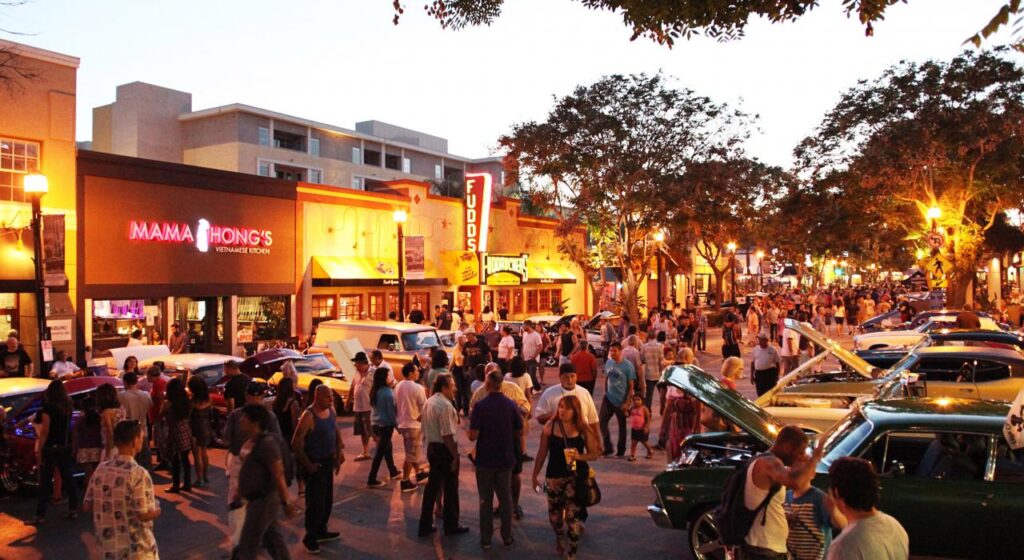
19. At the time, the primary long-distance transportation methods available to San Fernando Valley residents were stagecoach and train. Stagecoaching between Los Angeles and San Francisco through the Valley began in 1858.
20. The Southern Pacific Railroad arrived in the Valley in 1876, completing the route connecting San Francisco and Los Angeles.
21. A shrewd businessman, foreseeing the value of rail transport, Burbank sold Southern Pacific Railroad a right-of-way through the property for one dollar. The first train passed through Burbank on April 5, 1874. A boom created by a rate war between the Santa Fe and Southern Pacific brought people streaming into California shortly thereafter, and a group of speculators purchased much of Burbank’s land holdings in 1886 for $250,000.
22. One account suggests Burbank may have sold his property because of a severe drought that year, which caused a shortage of water and grass for his livestock. Approximately 1,000 of his sheep died due to the drought conditions.
23. The group of speculators who bought the acreage formed the Providencia Land, Water, and Development Company and began developing the land, calling the new town Burbank after its founder, and began offering farm lots on May 1, 1887. The townsite had Burbank Boulevard/Walnut Avenue as the northern boundary, Grandview Avenue as the southern boundary, the edge of the Verdugo Mountains as the eastern boundary, and Clybourn Avenue as the western border.
24. The establishment of a water system in 1887 allowed farmers to irrigate their orchards and provided a stronger base for agricultural development.
25. The original plot of the new townsite of Burbank extended from what is now Burbank Boulevard on the north, to Grandview Avenue in Glendale, California on the south, and from the top of the Verdugo Hills on the east to what is now known as Clybourn Avenue on the west.
26. At the same time, the arrival of the railroad provided immediate access for the farmers to bring crops to market. Packing houses and warehouses were built along the railroad corridors. The railroads also provided access to the county for tourists and immigrants alike. A Southern Pacific Railroad depot in Burbank was completed in 1887.
27. The boom lifting real estate values in the Los Angeles area proved to be a speculative frenzy that collapsed abruptly in 1889. Much of the newly created wealthy went broke. Many of the lots in Burbank ended up getting sold for taxes.
28. By 1904, Burbank received international attention for having world heavyweight boxing champion James J. Jeffries become a major landowner in the town. Jeffries bought 107 acres (0.43 km2) to build a ranch on Victory Boulevard. He eventually raised cattle and sold them in Mexico and South America, becoming one of the first citizens to engage in foreign trade.
29. He eventually built a large ranch home and barn near where Victory and Buena Vista Street now intersect. The barn was later removed and reassembled at Knott’s Berry Farm in Buena Park, California.
30. Burbank’s first telephone exchange, or telephone switch, was established in August 1900, becoming the first in the San Fernando Valley. Within 5 years, there were several telephone exchanges in the Valley and became known as the San Fernando Valley Home Telephone Company, based in Glendale.

